Hiking Quandary Peak
Date: January 8th, 2025
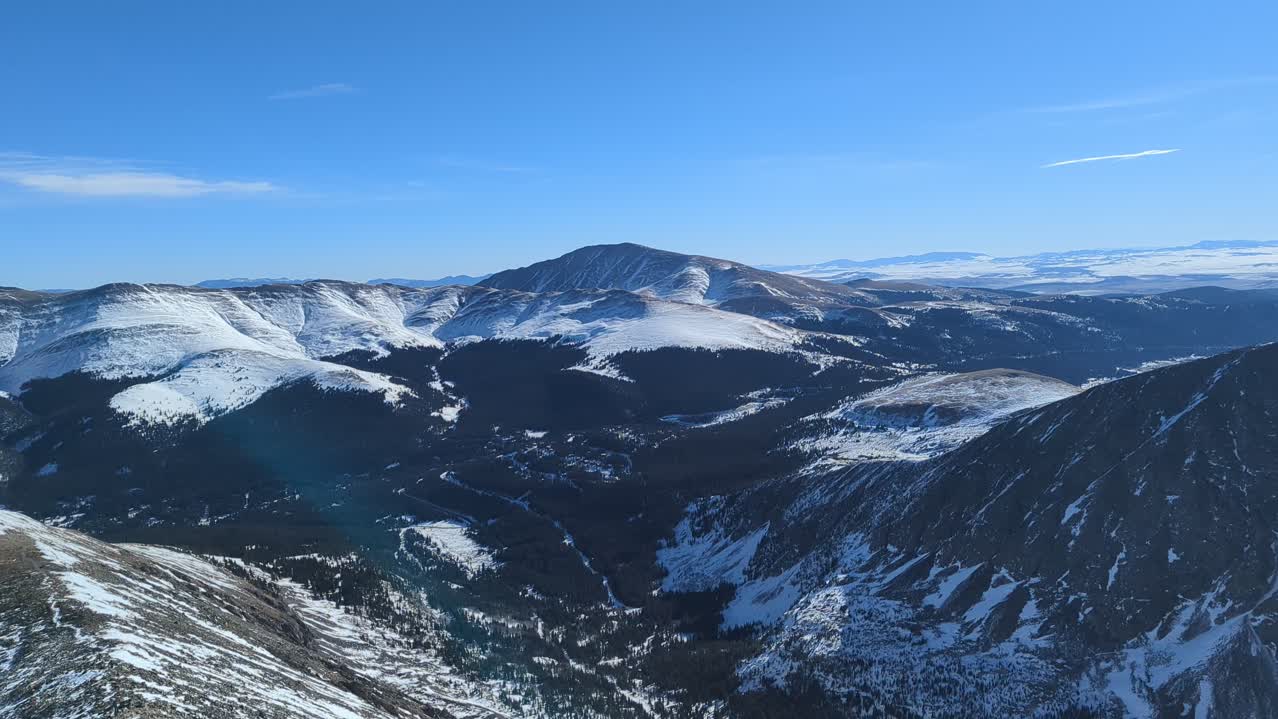
The top of Quandary Peak in Colorado, USA
This winter I finished a goal of mine. I hiked a 14,000-foot (or approximately 4267.2 meter) mountain. It was tougher than I thought and early on I thought I would turn back, but I am glad I hiked it.
I stayed overnight in Breckenridge, Colorado. The mountain I planned to hike is named Quandary Peak. Based on what other hikers wrote, it seemed like a good initial 14er (the hiking term for a mountain over 14k ft). I double-checked my backpack to ensure I had all the essentials: water, beef jerky, fruit snacks, microspikes for my shoes, hiking poles, an extra phone, and a tripod to take pictures. Walking outside, the temperature was freezing (30°F or -1.11 °C), but the temperature was supposed to warm up to about 40°F or 4.44 °C. The parking lot for hikers was 15 minutes from where I stayed in Breckenridge. Driving up, I slowly lost signal from my phone. Once I got to the parking lot, it was hard to leave the warm car for the biting cold, but after about 30 minutes, I put on my microspikes on my boots and got out.
There was a near full moon overhead, so I did not need a light to trek through the darkness in the morning. There were two other hikers that started around the same time as I did. We walked into the tree lines to start the initial ascent. Depending on where you start the hike, the elevation gain can vary from 2,650 feet (807 meters) to 3,450 feet (1,051 meters). The winter trail to the east of the peak is closer to a 3,450-foot elevation gain. As the sun started to rise, the view of the neighboring mountains came to light.
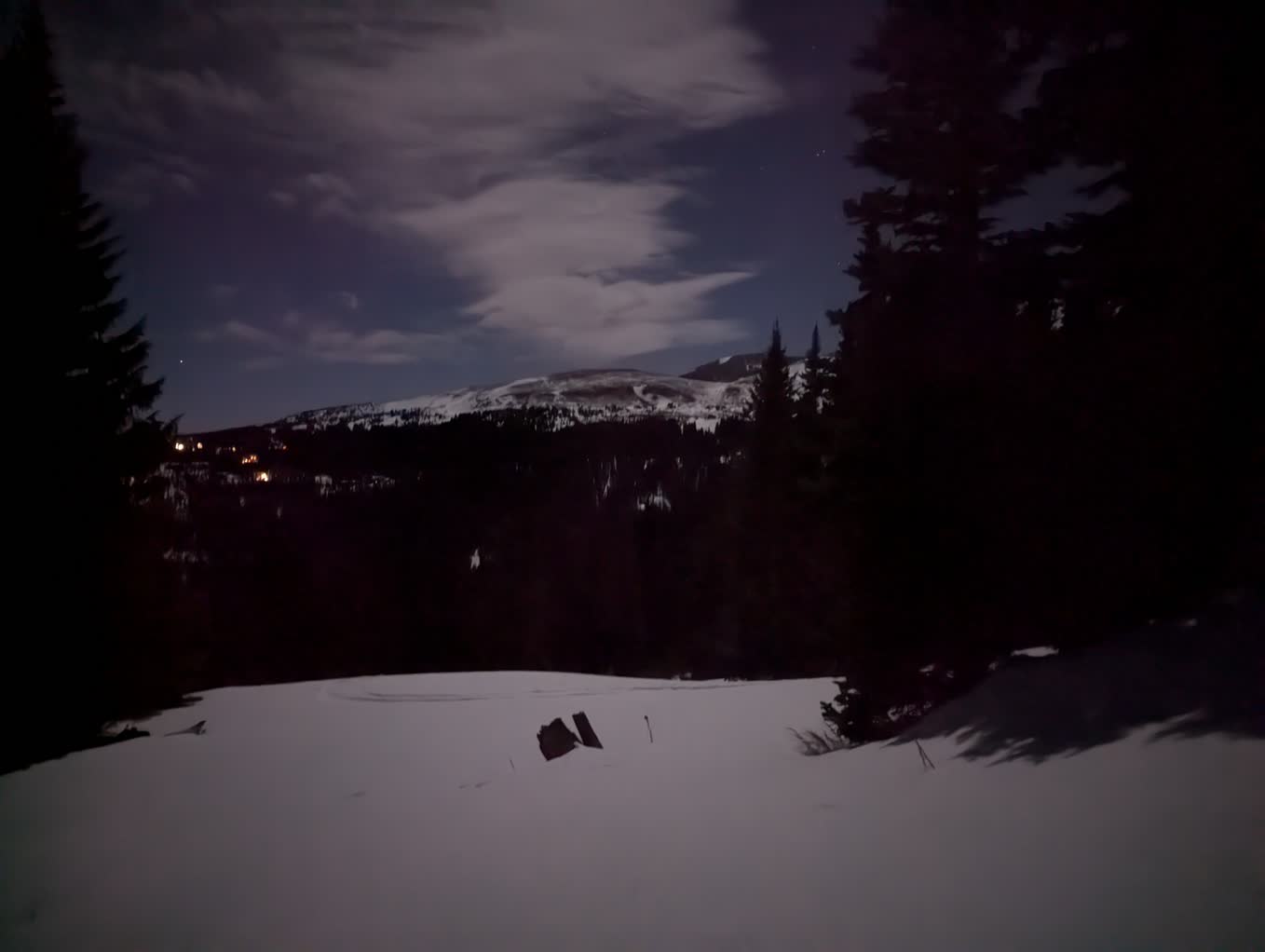
About an hour into the hike
For about an hour, the two hikers and I were on the same trail. We came to an intersection where AllTrails, a navigation app on my phone, told me to head to the left. The other hikers went forward on the current trail. The excursion ended up adding about an hour to my hike. As I tried to stay on the trail, my legs sunk deep into the snow. Hikers call this postholing. This continued for about 30 minutes, slowly climbing through the deep snow. Postholing is tiring; to completely lift your leg out of snow from thigh or hip level takes up more energy relative to walking normally through it. I trekked my way to a pile of rocks and sat down. I drank my water, ate my fruit snacks, and appreciated the view. I was planning on turning back. If I was under two hours in and this tired, I did not know if I could make it to the top.
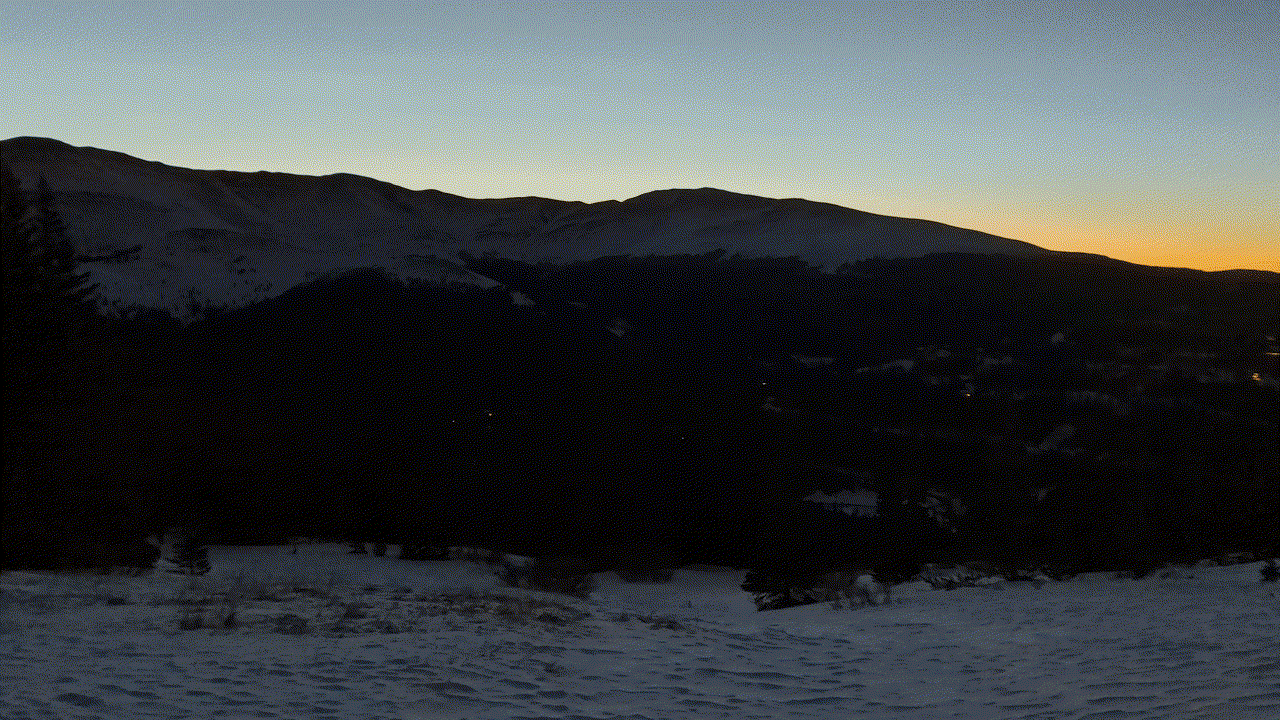
Postholing through the trail
I slowly started turning back. I did not backtrack to the trail I just trudged through; I went more toward the rocky, firmer ground that the app said was off course. While heading back, I ran into two other hikers. I could also see there was another group further back. Given that there was a group and the chances of going off-trail were slim, I decided I would continue on. At this point, I was tired. I would hike up about a quarter of a mile (400 meters) then pause to catch my breath. The ground quickly became more rocky than snow-filled. The trail became narrower. I was more cautious with my footing and aware of the hikers in front of me and behind me. Climbing further, at around an elevation of 12,600 feet (3,840 meters), I started to significantly slow down.
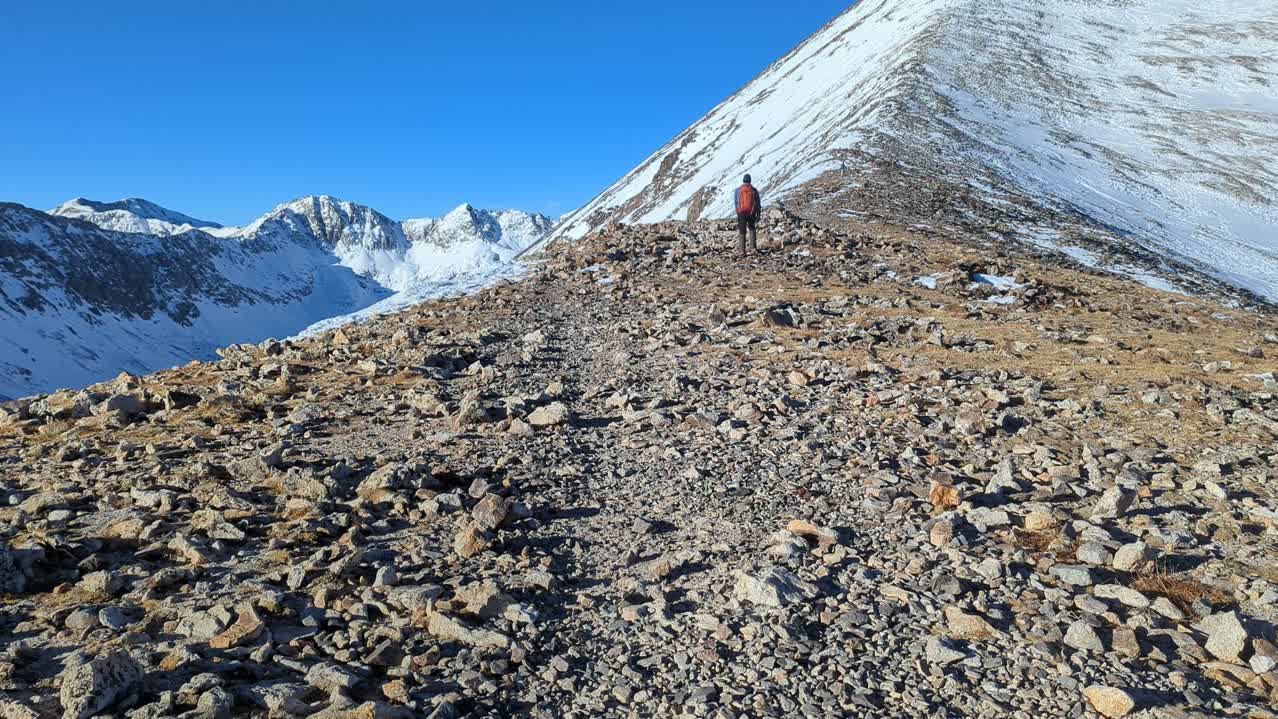
The rocky ascent to the peak
About a mile from the top, my breaks became more frequent. Every 100 steps I would need to sit on a nearby rock and breathe. At this point, almost everyone that was behind me was now well ahead of me. A fellow hiker who was struggling alongside me climbed, then took a break at the same frequency. As I saw hikers who passed me start to make their way down, I made the final push to the top. I still had to take breaks, but now I stopped every 200 steps. The closer I got to the peak, the stronger the wind became. At last, I made it to the top. The peak was narrow. Looking down the side, you could see how steep the mountain is from the peak. The wind was strong enough that the cold bit through my gloves and I started losing feeling in my fingers. Although I appreciated the top and felt an accomplishment, I also wanted to feel my fingers. After about five minutes at the top, I started to hike down.
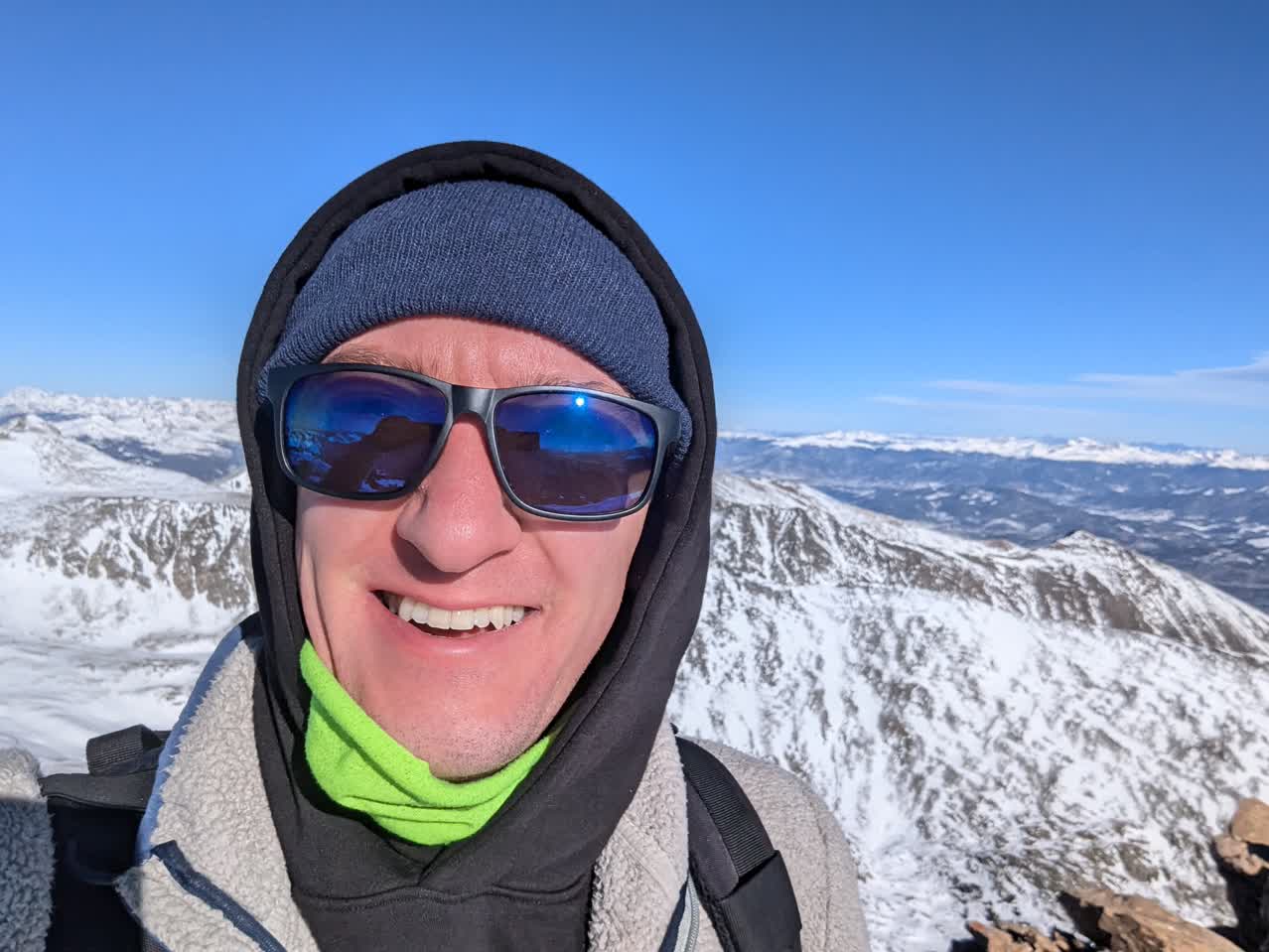
Top of Quandary Peak
Hiking down felt better than climbing up, but I was exhausted and still needed breaks. Four and a half hours of hiking left my legs weaker. Hiking down, I thought about my accomplishment to get me through. I took more time to appreciate the mountainous setting now that the hard part of the hike was over. The sun was bright and the sky was clear. The snow reflected the sun brilliantly. Nearing the beginning of the trail, the pine trees were a brilliant green. The last hour I slowly walked through the forest, viewing every aspect of nature before heading back to Breckenridge.
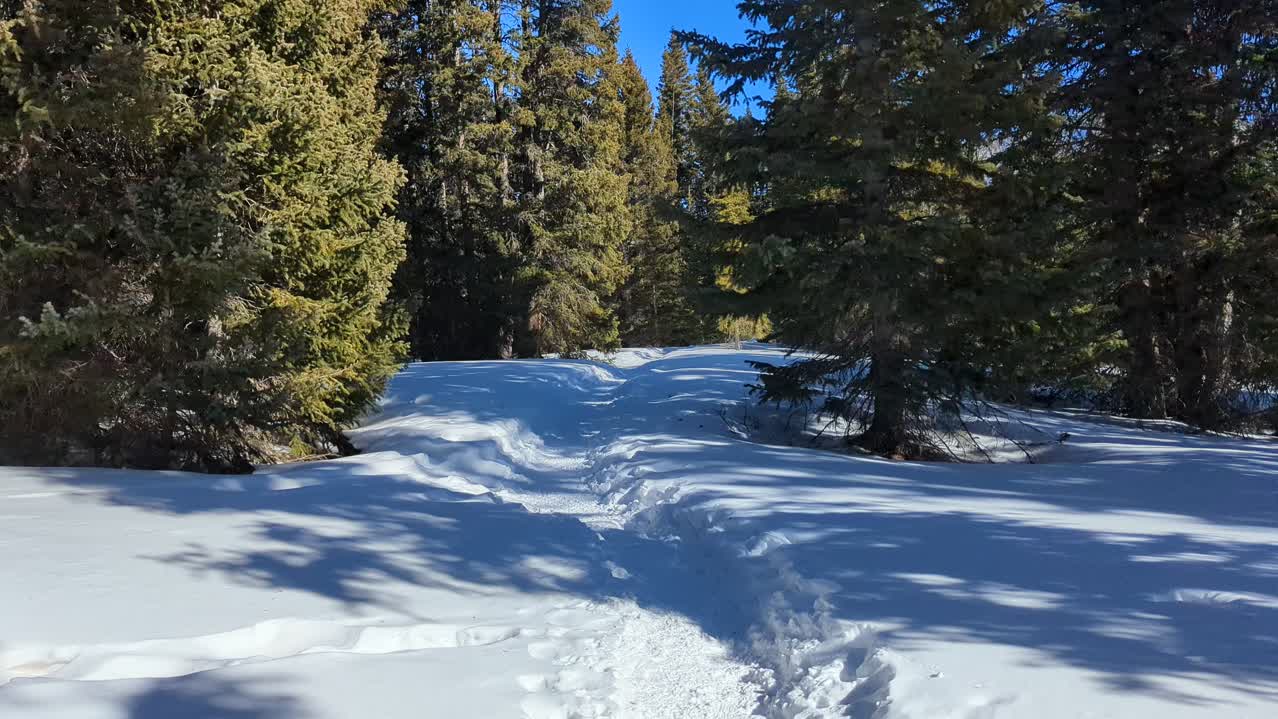
Tree line near the beginning of the trail
Overall, hiking to the top of Quandary Peak and back took over seven hours with about five hours of moving time. Winter hikes are harder relative to summer hikes because of the snow-covered trails, ice, wind chills, shorter daylight hours, and cold combined with high altitude. However, I am very glad that I was able to complete my first 14er in the winter. When I visit Colorado in the future, I hope it can be in the summer so I can take in the awe of the mountains in a different setting.
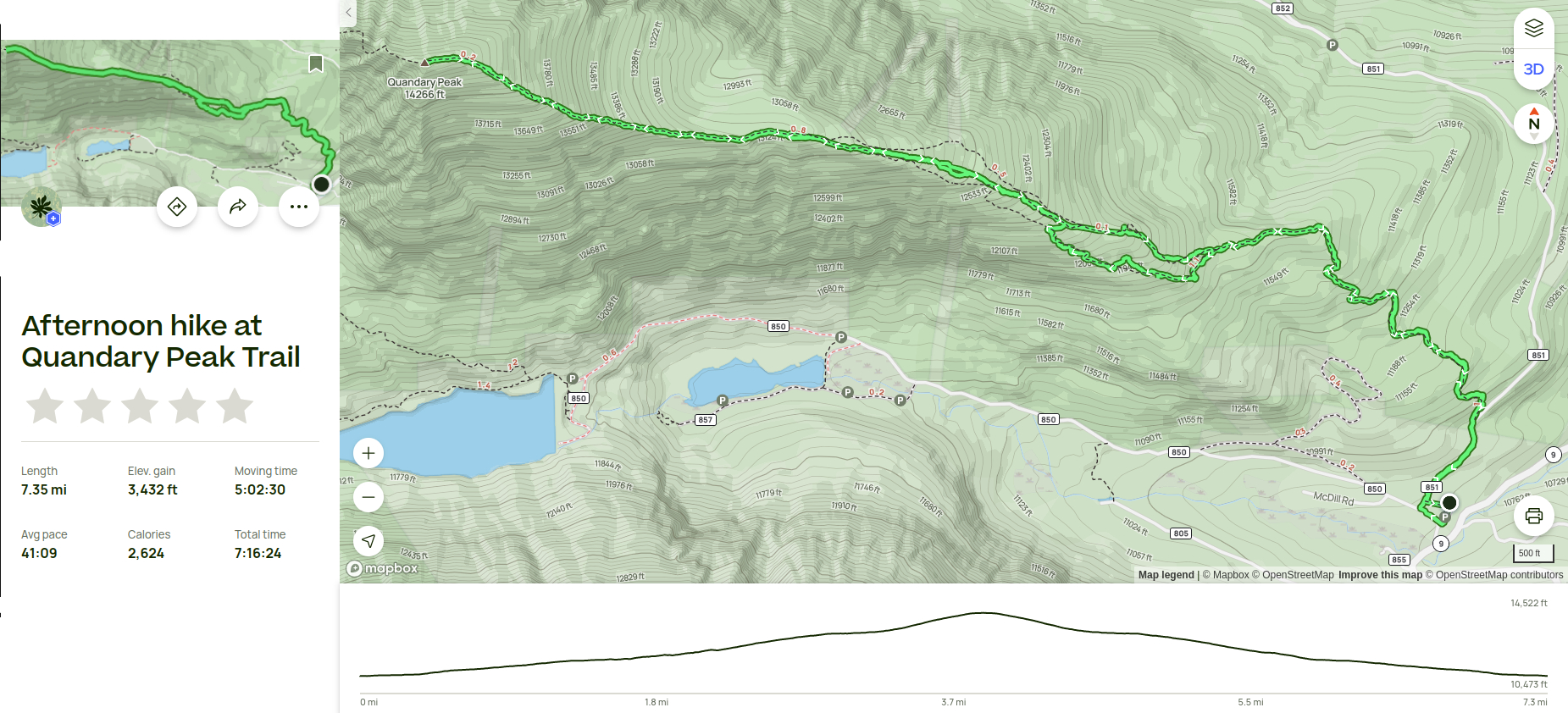
The hike took a little over 7 hours to complete